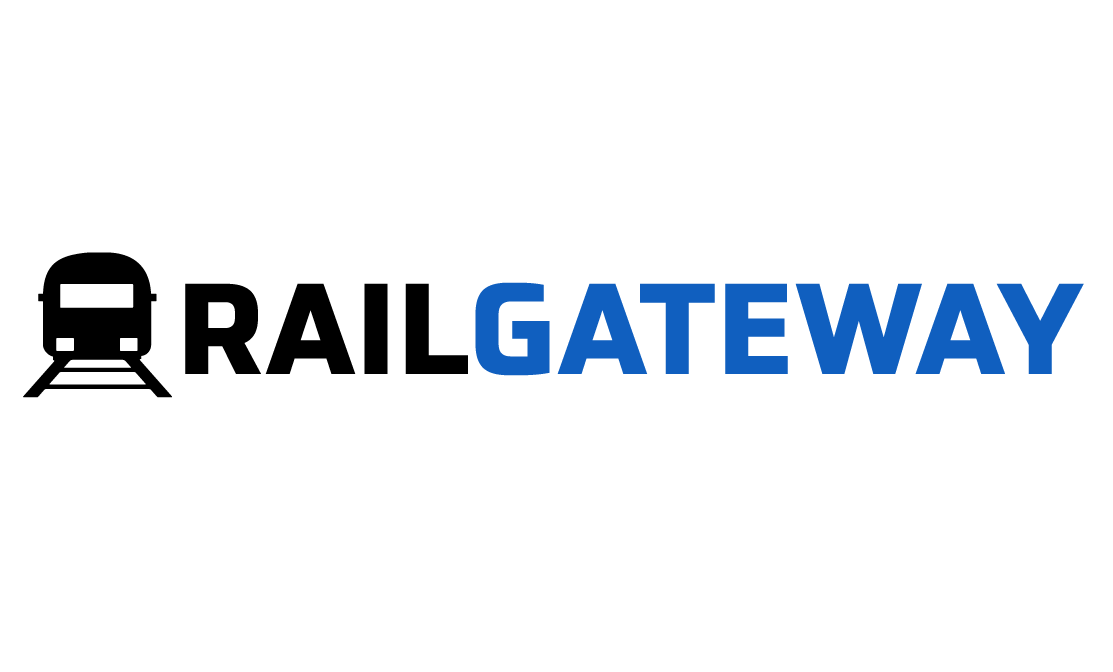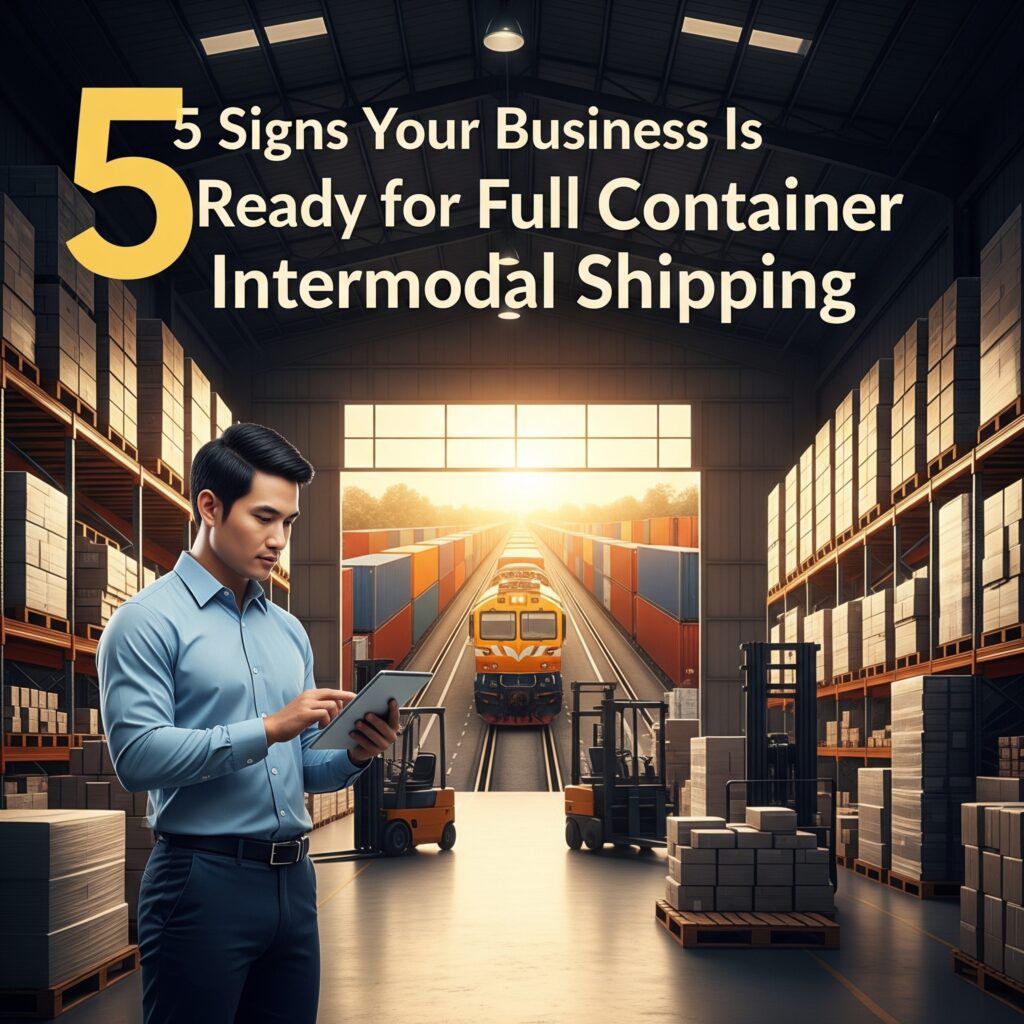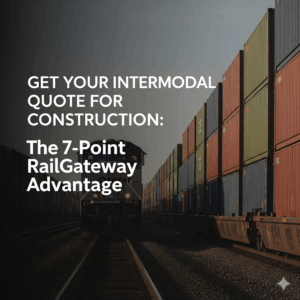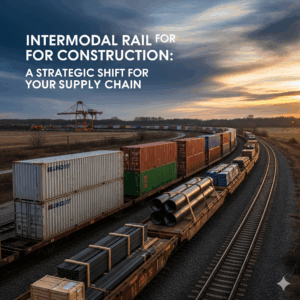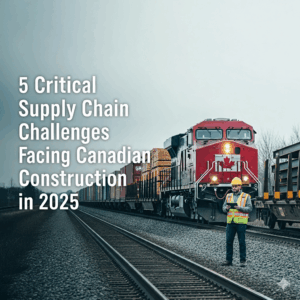Full Container Shipping: When Is the Right Time to Make the Switch?
Your business is growing – and that’s a great problem to have. Orders are up, your customer base is expanding, and you’re moving more product than ever before. But with that success come new challenges, especially in your supply chain.
Are you finding yourself managing an ever-increasing number of smaller shipments? Are your monthly freight costs creeping up, eating into your margins? Has managing all the carriers, tracking numbers, and invoices become a major drain on your team’s time?
These are classic growing pains. As a business scales, the shipping methods that were perfect at the start, like sending individual pallets via Less-than-Truckload (LTL), can become your biggest source of inefficiency, expense, and complexity. There comes a crucial tipping point where graduating to a more sophisticated logistics strategy is not just an option—it’s a necessity for profitable growth.
This guide will help you identify that moment. We will outline the five clear indicators that it’s time for your business to seriously evaluate a full container intermodal rail shipping strategy to unlock significant savings, security, and operational simplicity.
The Strategic Leap: Understanding FCL vs. LTL Shipping
Before we dive into the signs, let’s clarify the fundamental choice you’re facing. This isn’t just about volume; it’s about strategy.
- LTL (Less-than-Truckload): This is the “ride-sharing” model of freight. Your goods (typically on pallets) share space in a truck or container with freight from several other companies. You only pay for the space your pallets occupy. It’s perfect for smaller, infrequent shipments.
- FCL (Full Container Load): This is the “private charter” model. You have exclusive use of an entire container – most commonly a 53-foot container for domestic Canadian shipments. It is loaded and sealed at your facility and remains untouched until it reaches the final destination.
The move from LTL to FCL is a hallmark of a maturing business. It’s the moment you stop paying a premium for fragmented shipping and start leveraging your volume to gain efficiency.
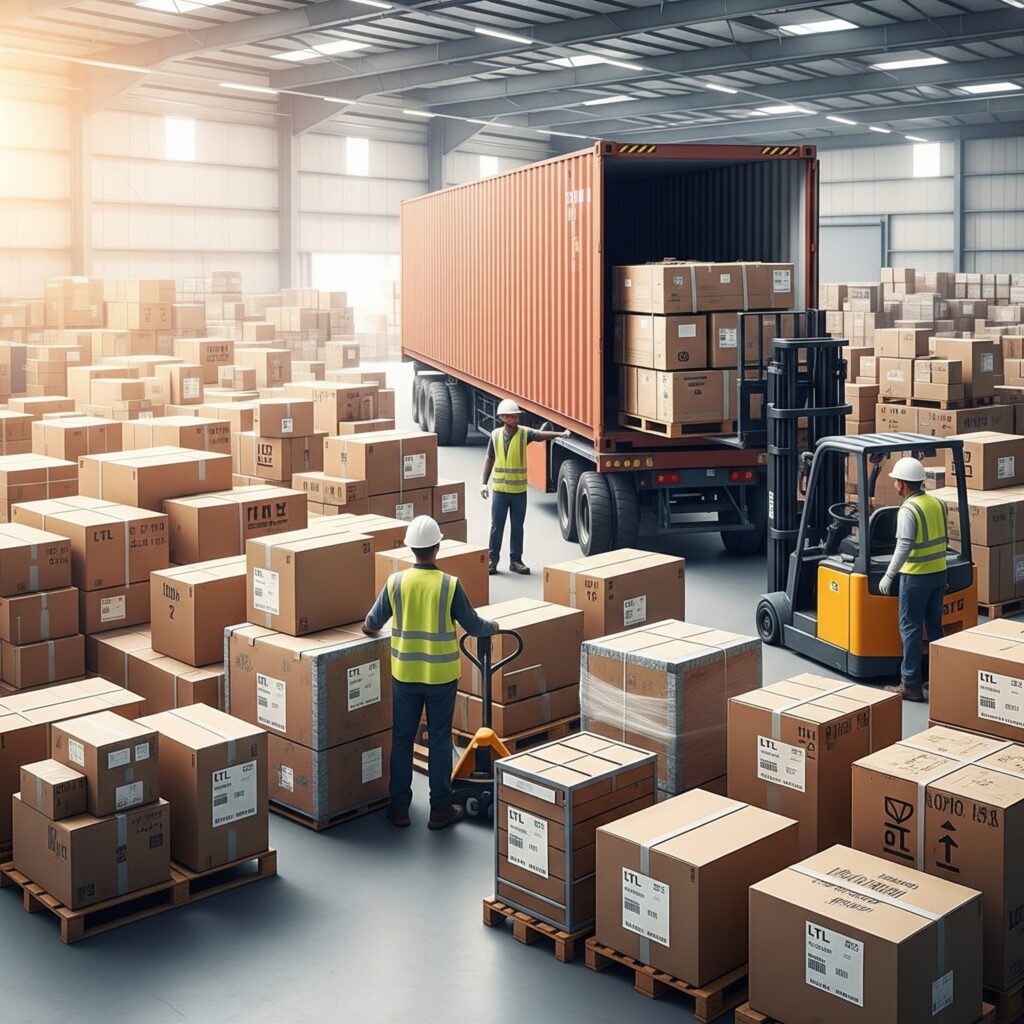
The 5 Signs It’s Time to Switch to Full Container Loads
If you recognize your business in the following scenarios, it is a strong signal that you have reached the tipping point where FCL is the smarter financial and operational choice.
1. Your Total Freight Costs Are Spiraling
This is the most compelling sign. While LTL seems cheaper on a per-shipment basis, it can become incredibly expensive as your volume and frequency increase. The cost-per-kilogram for multiple LTL shipments is often significantly higher than the flat rate for a single FCL shipment.
Think of it as a “cost cliff.” There is a precise point where it becomes cheaper to pay for your own exclusive container, even if you can’t fill it to 100% capacity. If you look at your monthly freight spend and see a high number of individual LTL charges adding up, you are likely well past this tipping point. You are paying a premium for the “privilege” of having your freight handled more, moved more slowly, and put at higher risk. The first step to understanding when to use full container shipping is analyzing if your current LTL costs have silently outgrown their initial benefit.
2. You’re Consistently Shipping to the Same Destinations
Take a look at your shipping data for the last quarter. Do you see a clear pattern? For example, are you sending three or four separate LTL shipments from your Toronto-area warehouse to the same distribution partner or customer in Calgary every single week?
This is one of the most powerful indicators for consolidation. Instead of managing multiple bookings, pickups, and deliveries, you could consolidate that freight into one predictable, weekly full container shipment. This single move drastically simplifies your process, reduces your administrative workload, and leverages your consistent volume to secure a much better rate. If you have predictable, high-volume shipping lanes, you are a perfect candidate for an FCL strategy.
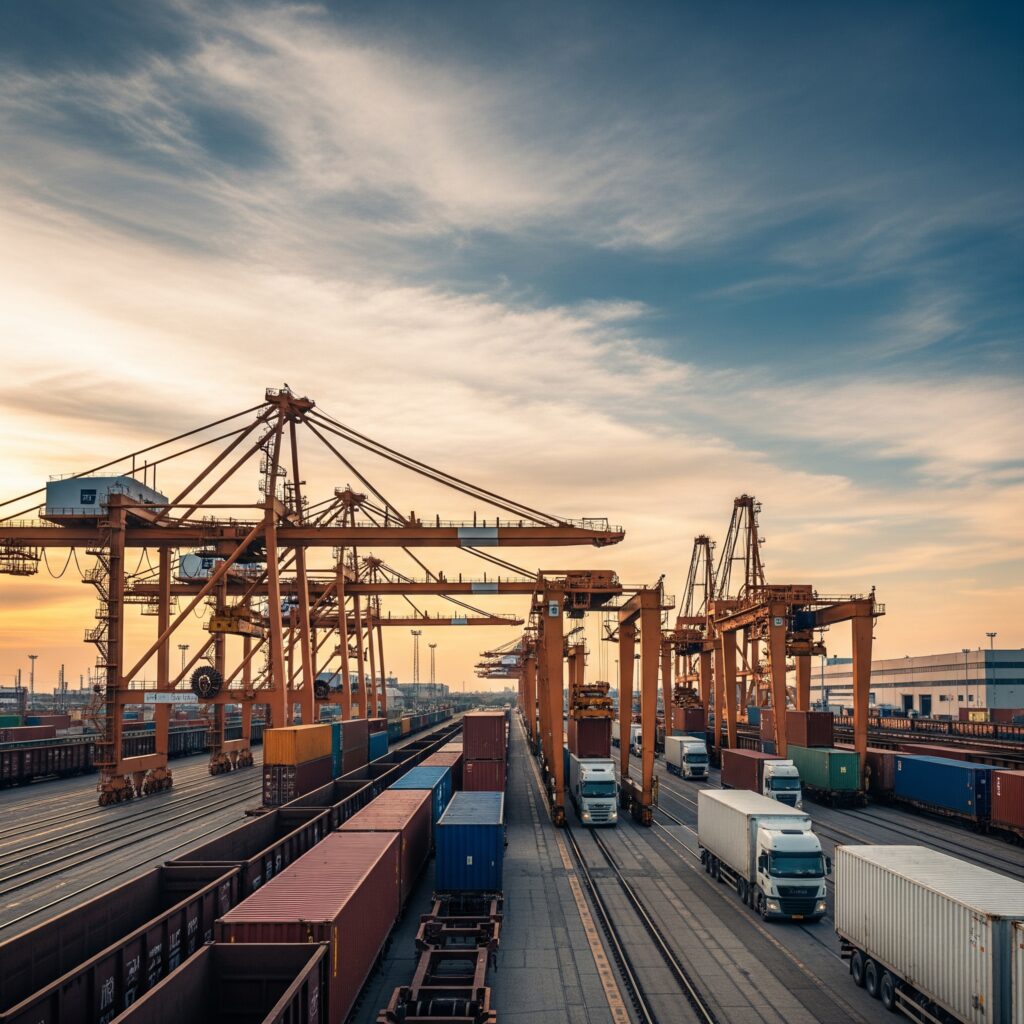
3. Product Damage, Loss, or Delays Are Becoming an Issue
Have you noticed an uptick in claims for damaged goods? Or are customers calling because a shipment arrived incomplete? These issues are often a direct result of the inherent nature of LTL shipping.
In the LTL model, your pallets are loaded and unloaded multiple times at various carrier terminals in a “hub-and-spoke” system. Every time your freight is handled by a forklift, the risk of damage, dings, and scrapes increases. Furthermore, because it’s co-mingled with other freight, the chance of a pallet being misplaced or a delay occurring because of an issue with another company’s shipment is much higher.
This risk profile is completely different with FCL. The full container load benefits for security are immense. Your team loads the container, you seal it, and it is not opened again until your customer breaks that seal. This single, uninterrupted journey drastically reduces the risk of in-transit damage and loss, protecting your products, your reputation, and your bottom line.
4. Managing Logistics Has Become a Major Time Sink
Think about the “soft costs” associated with your current shipping process. How many hours does your team spend per week on these tasks?
- Booking and getting quotes for multiple LTL shipments.
- Coordinating numerous pickups with different carriers.
- Tracking dozens of separate PRO numbers and delivery statuses.
- Reconciling and paying a stack of individual freight invoices.
- Handling the complex, time-consuming claims process for any damages.
This administrative burden is a hidden cost that drains productivity. Transitioning to full container intermodal shipping with RailGateway streamlines this entire workflow. You get one booking, one point of contact for the entire door-to-door move, one invoice, and a dedicated partner to manage the process. The time your team gets back can be reinvested into growing the business, not just chasing down shipments.
5. Your Customers Are Demanding More Reliability and Predictability
In today’s competitive market, a reliable delivery window is part of your product offering. The LTL hub-and-spoke system, with its multiple transfers and stops, can lead to more variable and less predictable transit times.
Full container intermodal shipping, on the other hand, runs on a highly structured and reliable rail schedule. Because trains move between major terminals on a fixed timetable, we can provide you with much more accurate and dependable delivery windows for your long-haul freight. This allows you to manage your customers’ expectations better, improve their satisfaction, and build the trust that leads to repeat business. When your customers’ happiness depends on predictability, FCL is the superior choice.
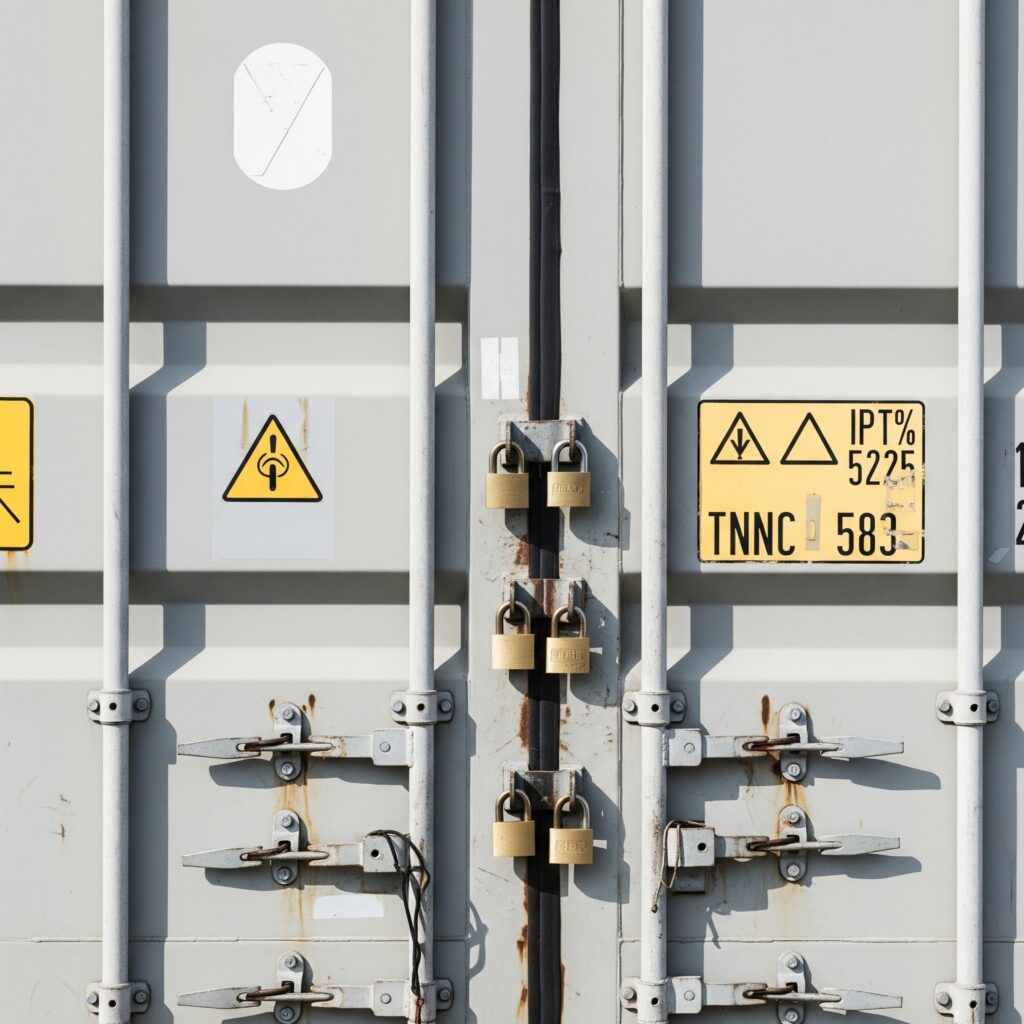
How RailGateway Helps You Analyze the FCL Opportunity
Recognizing these signs in your business is the first step. The next is to confirm the opportunity with real data, and this is where a strategic partner becomes invaluable. The decision to switch from LTL to FCL shouldn’t be based on a hunch; it should be backed by a clear cost-benefit analysis.
At RailGateway, we offer a consultative approach. Our logistics experts can perform a complimentary analysis of your recent shipping history – reviewing your common lanes, shipment volumes, frequency, and current LTL costs. With this data, we can show you the precise tipping point where a full container strategy becomes more profitable for your business. We take the guesswork out of the equation and provide a clear, data-backed path to efficiency.
Conclusion: The Next Stage of Your Business Growth
The move to full container intermodal rail shipping is more than just a change in logistics – it’s a hallmark of a growing, maturing business that is ready to leverage its scale for a competitive advantage. If you are seeing your costs rise, your administrative workload increase, and risks to your cargo grow, it’s no longer a question of if you should consider FCL, but when.
Stop paying a premium for fragmented, inefficient shipping. It’s time to embrace a solution that rewards your growth with lower costs, simplified operations, and enhanced security.
Think your business is showing these signs? Let’s prove it with data.
–> Request a Free Freight Analysis & Full Container Quote Today!
Have more questions about optimizing your shipments and when to make the move? Our team is here to help.
Additional Resources
- Inbound Logistics – LTL vs. FTL: The Basics and Beyond
https://www.inboundlogistics.com/articles/ltl-vs-ftl/- Description: A comprehensive article from a leading industry publication that breaks down the fundamental differences, benefits, and drawbacks of LTL and FTL (Full Truckload), which shares its principles with FCL.
- Supply Chain Quarterly – The Art of Freight Consolidation
https://www.supplychainquarterly.com/topics/Logistics/20191216-the-art-of-freight-consolidation- Description: This article explores the strategic benefits of freight consolidation programs, providing a strong business case for moving away from smaller, more frequent shipments.
- Forbes – Three Ways To Optimize Your Supply Chain For Growth
https://www.forbes.com/sites/forbesbusinesscouncil/2023/05/15/three-ways-to-optimize-your-supply-chain-for-growth/- Description: A high-level business article that discusses optimizing supply chains as a core strategy for growth, aligning with the theme of graduating to more efficient shipping models like FCL.
